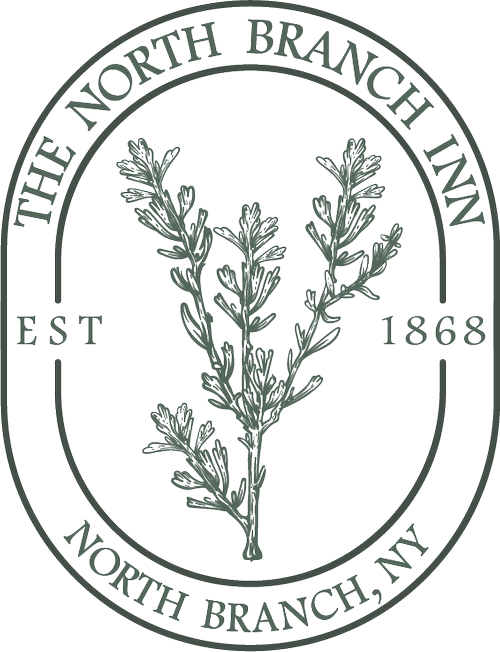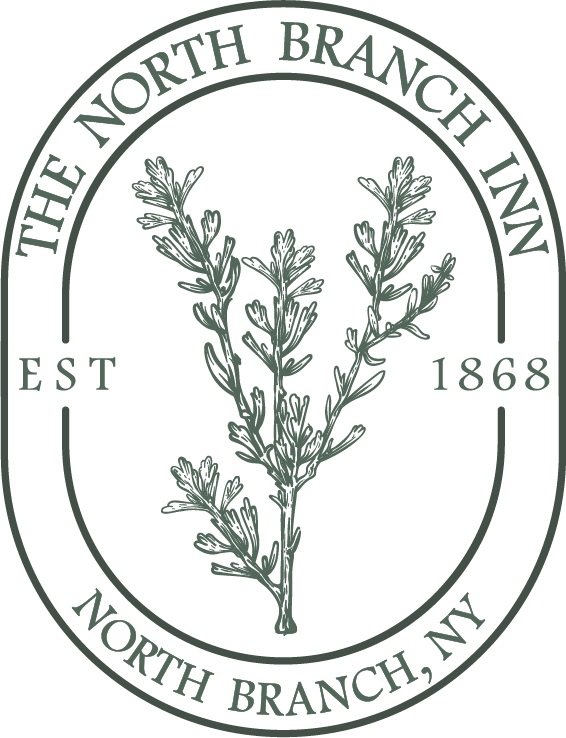
Set right in the belly of historic fly fishing waters, our hotel is the perfect jumping off point for an angling adventure. Whether you’re a total novice looking to take your first lesson or a seasoned pro hoping to deepen your knowledge, we’ve compiled some information that should point you in the right direction.
Guide Services
Housefly Fishing - Sean Whitman
Seasoned fly head who does float trips on the Delaware.
The Delaware River Club - Jeff White
Has a huge team of guides who launch from his shop and resort.
Friendly, knowledgeable family run shop who’s been at it for a long time, offering beginner’s classes as well as guided walk wade and float trips.
Intro to fly fishing, casting instruction, and guided half and full-day walk/wade trips, as well as full-day guided float boat trips.
Catskills on the Fly - Joe Cauvel
Passionate local walk/wade guide based in North Branch offering full- or half-day trips for beginners to avid anglers looking for a deep educational experience.
The instructors at the legendary Wulff School of Fly Fishing have taught hundreds of students - from novices to pros - how to improve their technique and understanding of fly fishing.
Places to Fish
Upper West Branch Delaware River
This trophy tail water is wide but wadable. Its stable flow and temperatures make world class fishing year round. Many argue it to be the best fishery in the greater Catskill area especially if you like big water. Giant wild rainbows and browns are in great numbers. It’s ideal to float with a seasoned guide but many pack their wading staff to prospect the riffles for lurking giants.
This water shares a border with Pennsylvania and the proper fishing license from either state is honored here.
Jeff at the Delaware River Club has a fly shop on the water as well as book guides who are friendly and know the water well.
East Branch Delaware River
This long and picturesque tailwater is loved by avid fly fishermen. Below the Pepacton Reservoir it flows cold through low gradient brown trout water before taking on the Beaverkill lower down and doubling in size. Eventually the “Big” East Branch joins its sister tailwater the West Branch as they combine to become the Main Delaware River at Hancock. Idyllic small towns along the way make for a great rest stop to grab lunch and hot coffee.
Main Stem Delaware River
Just below Deposit NY, where the West and East branches come together begins the main stem of the Delaware River. At this junction, the water is big but often still wadable and cold enough to target trout well into the early summer. After that, it’s great for all types of species like bass, pike and many other warm water species. Rent a kayak from Outdoor Adventure and have a lazy fishing float downstream. Your car will be moved and waiting for you making the lazy day on the water that much nicer. Just make sure to exit the river before you hit Philly.
Willowemoc
Legends of 20+ inch browns are plenty on this fabled Catskill stream. The Willow is a classic medium sized freestone stream that starts small as a brook trout estuary and gains good water before meeting up with the Beaverkill in Roscoe. Along the way, you’ll run into all kinds of amazing water with pockets, riffles, bends and hungry trout who you’ll have to outsmart. The stream is long but does see a good amount of pressure so take the time to walk beyond the parking area and you’ll be rewarded.
Stop in Dette Flies in Livingston Manor for great flies and gear as well as advice on the streams in the area. They also will set you up with a guide to get you into some secret honey holes but make sure to book ahead of time.
The Catskill Fly Fishing Museum is built along the Willow so stop in if you’re looking for a break from the water and learn about the storied lore of this region.
Beaverkill River
Many rivers in North America stake claim to be the birthplace of fly fishing. Beaverkill is no different but there’s plenty of evidence to support the case. The Fly Museum holds many of the artifacts which could, one day, be entered into the court of fly fishing law if a hearing should ever take place. Question this claim and watch the locals stir in their seats if not get up and leave the table. They’re more likely to open up any fly box and point out the dozen patterns developed on the Beaverkill since the 1800’s.
The river’s history aside, one cast on these waters to a rising brow or brown and you’ll understand why anyone would dedicate their lives to fishing these waters.
North Branch Callicoon Creek (Our Property)
North Branch Callicoon is a small tributary to the main stem and holds the wild trifecta; Wild rainbows, wild browns and native brookies. Maybe tiger?? Its crystal clear waters can appear shallow but don’t be deceived. At any part of the long stream, there’s hidden deep cuts along boulders and bends where these unpressured fish tuck in. Fishing is great year round with constant flows. Start from our property and fish up or down stream but stealth is the key. Stay on the banks to help keep the stream unmuddied and also for the sake of you not scaring these skittish fish away before you can even cast at them. The stream is well marked by the state but make sure to enter from public property.
Main Stem Callicoon Creek
This stream is a perfect medium sized Catskill creek with both stocked and wild trout. Find the right riffle and you’ll pull in more than you may expect. It heats up in the dog days of summer so switch to targeting bass and pike but in the winter and spring, trout are feeding.
-
Notes and tips:
*Be mindful of where you access these waters. Ask the local shops and guides where to officially park along these streams or use the DEC online resource to plan your attack. Once entered from a public easement, fishermen are able to stay in the water and on the banks for much, if not all of these rivers but where you enter is key. You may see ‘posted signs’ along the stream but know that mostly refers to where you can and can not enter and exit the stream.
*NY State DEC maps and guidelines.
*Make sure your licenses are up to date and on your person.
*Bring a wading staff and wading belt for a safe day on the water. Waters can be cold and flow intensely after a rain or snow melt.
*Hit the local shops to see what’s hatching and if you’re extra nice and spend enough money, they may give you a tip on where to fish.
*Pinch your barbs and release them as soon as possible to help keep these wild fish healthy.
*Don’t fish when streams are over 67 degrees Fahrenheit.
*Walk on the banks if possible as to not disturb the bug life and be mindful of redds during spawning season.

Photos and words: Josh Ethan Johnson




